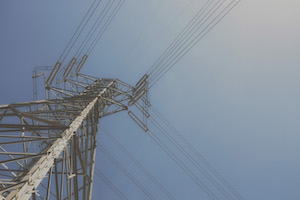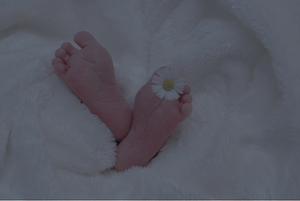II-VI products meet needs of the military
CLINTON TWP — As warfare has evolved, so has the technology used in combat.
The company II-VI off Saxonburg Boulevard is a military contractor that develops manufacturing processes to meet the needs of the United States military.
Craig Creaturo, chief financial officer and treasurer of II-VI, said military technology formerly focused on having sufficient firepower. However, he said that premise has changed.
“The enemy is hard to find, easy to kill,” Creaturo said.
He explained that's why II-VI's work involves sensors.
Among the innovations the company has developed is a window made from synthetic sapphire.
The window is used in Lockheed Martin F-35 fighter jets as part of their electro-optical targeting sensor.
Synthetic sapphire is the desired material to be used with sensors because it's stronger and more scratch-resistant than other substances.
Tim Challingsworth, director of corporate R&D business development, said a sapphire window on a military vehicle better withstands sand, rain and other natural elements.
“They don't have to replace a window every two days,” he said.
Exotic Electro-Optics, a II-VI subsidiary, in February signed two contracts with Lockheed Martin.
Along with an agreement for the F-35 targeting sensors, Exotic's second contract is for Lockheed Martin's sniper advanced targeting pod.
Creaturo said the sapphire windows are an example of II-VI's work for other companies that are defense contractors.
In addition to the F-35 jet, II-VI components are used by the military in Apache helicopters, Global Hawk drone aircraft, Abrams tanks and missile domes.
Challingsworth said II-VI optics are sought by the military because the parts are difficult to make.
“They can't get it done (just) anywhere,” he said.
Challingsworth said 5 percent of the work done at the Clinton Township site is for defense contracts.
However, he said some of the standard products designed for general use also end up in military applications.
II-VI also sells products to the military in other countries friendly to the U.S.
The company's products are divided into four segments: infrared optics, military and materials, near-infrared optics and advanced product group.
Of the total $535 million in 2012 sales, 18 percent was to the military. The biggest market is industrial, which comprised 48 percent of the total sales.
Optical communication is 22 percent of sales with alternative energy, medical and other applications rounding out the remainder with 4 percent each.
The company has 33 sites in 14 countries.
Along with the Clinton Township corporate headquarters, the company has facilities in such places as Texas, California, Florida, New England, Germany, the Philippines, Australia, China and Vietnam.
There are 6,000 employees worldwide, roughly 500 of whom work in Clinton Township.
Carl Johnson, chairman of the II-VI board of directors, and the late James Hawkey founded II-VI in 1971, based out of an old barn down the road from its current 63-acre site.
The men's goal was to develop infrared optical materials able to sustain the kilowatt power demands of new carbon dioxide lasers.
Creaturo said the name came from the company's initial product materials, cadmium telluride and zinc selenide, using the groups of elements II and VI on the Periodic Table, alkaline earth metals and transition metals.
Today, the company is one of the largest manufacturers of laser optics, including lenses, mirrors and other parts.
II-VI also produces such items as silicon carbide wafers, medical instrumentation and fiberoptic components.
The carbide wafers enable electronic devices to operate at higher speeds.
“The government is really interested in this,” Challingsworth said.
He said the wafers are designed to handle higher temperatures that result from faster speed.
“Those components will break down without cooling or temperature controls,” Challingsworth said.
The company grows synthetic crystals, including diamond.
II-VI uses diamond windows, or lenses, in laser cutting machines that operate at higher power for extreme ultraviolet lithography.
“The material dissipates heat quicker,” Challingsworth said.
II-VI also uses metal matrix composites and ceramic materials to construct helicopter seats for military pilots.
“Those seats are made so they can take a round from a gun,” Challingsworth said.
II-VI continues to expand, acquiring three companies in the fourth quarter of 2012.
“We are definitely focused on growth,” Creaturo said.













